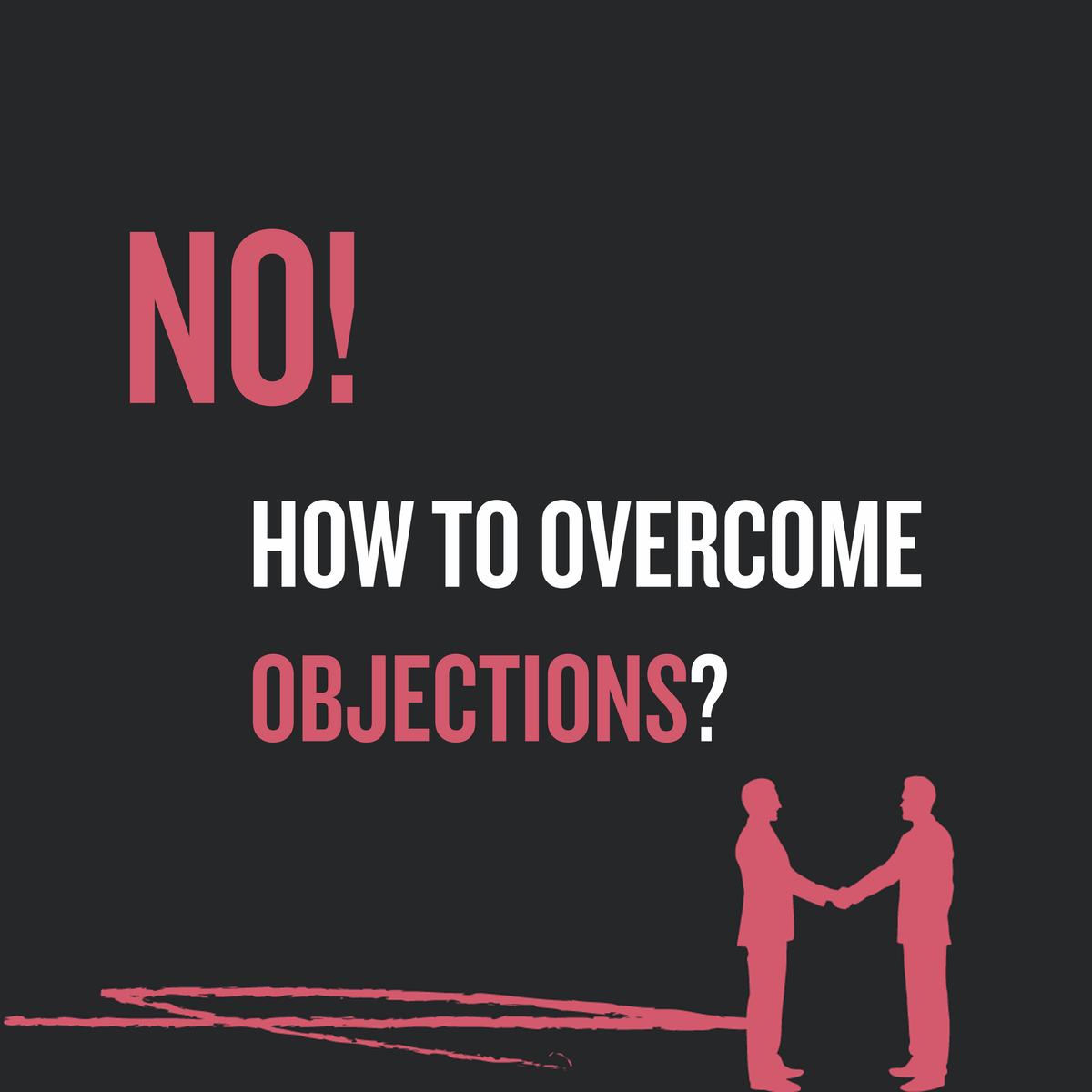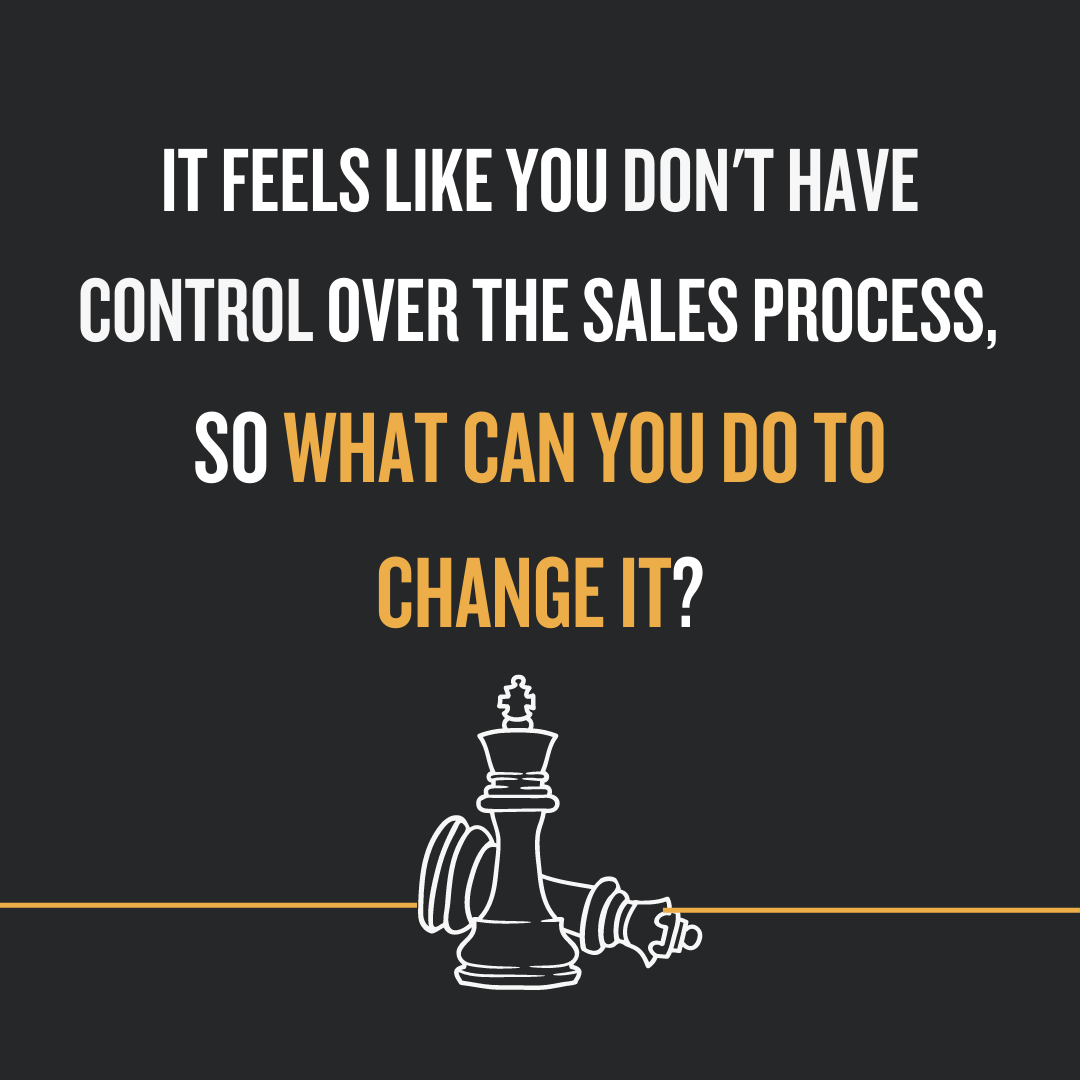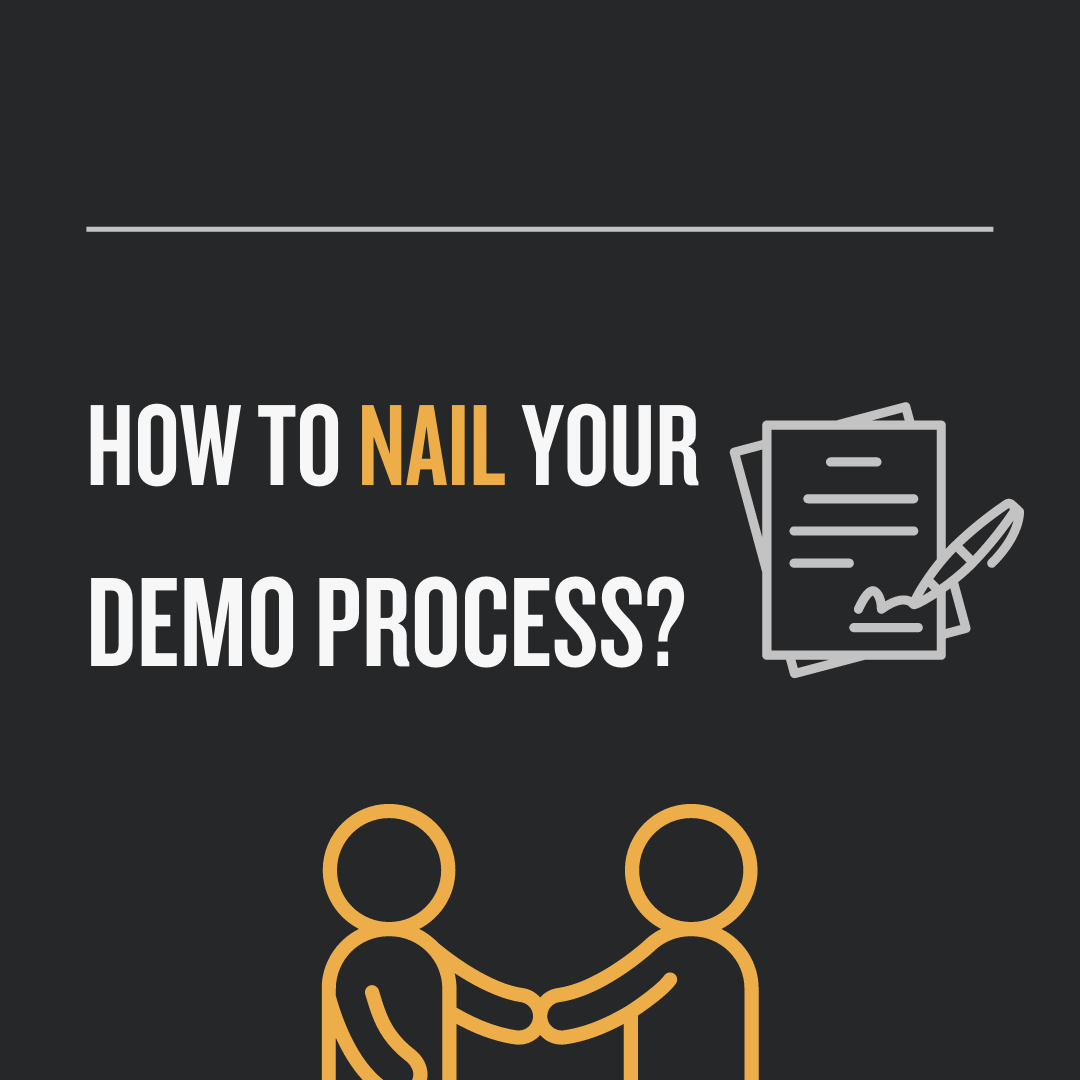“No” always means “no”, right? Well, in the context of the sales world “no” can mean a lot of things. As a founder of a start-up or an experienced seller, you must have had enough rejection for a lifetime.
Objections are common, and at this point, they are just a part of any sales process. But have you ever wondered why you even get those rejections and how you can minimize the number of negative responses?
I'm sure you did. And that is why in this article, I will take you into three steps for overcoming objections.
Sounds good? Then let's get going!
Step 1: Assess the reasoning behind “no”
The word "no", in the sales world, most of the time means a possible yes. Sounds a bit tricky but only because it is. It all comes down to asking questions both yourself and the client.
When you hear no, what would you do? You assess the situation. Did you cover everything important in the conversation? Is there any information you can add to convince the client? What does the client's "no" actually mean? Is it a possible “yes” or a strict “no”? Did you qualify your client correctly?
There are millions of questions to assess. The best course of action at this point is to analyze your conversation and track back to the turning point for your client.
Step 2: Turn their “no” into a “yes”
If you analyzed your conversation correctly, that means you can pinpoint the turning moment of your conversation. And now the time to change buyer reasoning has come, and you have an opportunity to do so. There are a few easy steps to change your buyer’s mind:
Re-establish rapport
Rejection always makes us uncomfortable - that's a simple truth of life. So right now, your first step should be to get your rapport back.
Show your client that you are not disturbed or rattled. For instance, offer them additional comfort, so they will stay honest with you.
For example: “I understand your hesitation, Jim. Perhaps I misunderstood that aspect of your situation”.
What you are communicating here - is that it’s ok that your prospect didn’t buy from you right away.
Ask more questions
It's never late to gather information. And I would say that asking questions after rejection is one of the most important steps to make.
At this point, you need to know more to fight their objection. Here are a few small points that will help you to move forward with your questioning:
- Listen well. If the client is saying "why" they don't wish to proceed further, it's your job to listen with full attention.
- Restate the client's questions and concerns. This will cause them to elaborate and allow you to really figure out the underlying issues.
- Try to find an agreement with the client. Making the client feel more comfortable will allow you to find more information.
- Confirm that the client has told you all their concerns. And that they are ready to move forward.
Present answers but not all of them
Remember, now you are attracting your client to move forward with the main presentation, and are trying to score a meeting with them. The point here is to offer a bit of information and raise interest in the buyer's mind. After you present your answer, confirm that you have given the prospect the information they need to make a decision.
Shoot again and ask for the sale
This is a pivotal point of the sale. So you should have the two or three sentences that you are going to say to close the deal scripted in advance.
Step 3: Сreate a framework to handle objections
Sometimes sellers try to overcome objections with the wrong mindset. They try to win against clients, to close the deal for the sake of closing it. But the truth is, your main task should be to understand why the objection even occurred.
How often are you able to successfully change someone's mind or opinion when in disagreement? Probably not often. Now, how often are you able to come to a resolution when you try to understand them instead?
Understanding people makes them feel comfortable, and comfort will allow them to open up. This is where you can start to actually build the sale.
Here's the scenario for you:
You're trying to sell your sales training services to other B2B companies, but they think you charge too much money.
So the client has given you their objection - your price is too high.
Let’s look into step by step process I learned from Josh Braun and Chris Voss:
THINK
Simple, right? When a client gives you an objection, just take 1 or 3 seconds to pause and really think about what they're saying. You want to mentally prepare yourself for this conversation.
REVERSAL
A reversal is when you take key components of the client's objection and use those to reply with an innocent question. Using the example above, you would reply:
"I'm sorry, too high?
Now tonality is key here. You can't be hyper, aggressive, or condescending. You want to sound calm, curious, and genuine.
This step will most likely cause your client to keep talking and reveal more information so pay extra attention.
ISOLATE
When you isolate, you cause the client to think about their situation and whether or not what they say is really what they think.
"This might sound intrusive, but it seems like you have a limit on how much you want to invest in sales training".
After you isolate, you want to make sure you do not say anything afterward. Silence is an incredible tool to prompt answers.
The client will tell you why they're happy in their current situation, and oftentimes they'll also tell you why they're not.
NEGATIVE CALLOUT
A negative callout is when you label the negative emotion someone may already be feeling.
"You're probably going to think I'm too expensive and not within your budget. But would you be opposed to seeing better results from your sales reps through the specialized sales training I can provide?"
The goal here is to take the conversation further and start persuading the client into considering you as the new option.
By pointing out the negative emotion they could be feeling, you remove that as a potential objection.
BE FIRM
Now let's say the client gives you a hard number instead after step 3 such as $8,000. You can instead try using a different technique which is just being firm.
"Sorry, but unfortunately I can't do that price."
The client will either end the conversation here, or the more likely scenario is that they come back with a counteroffer. If the counteroffer is still too low for you, you can use an inclusive ask.
INCLUSIVE ASK
An inclusive ask is where you get help from the client. You will be asking the question, but the client will solve the problem. A client that helps is more invested in solving the issue.
"That's a really generous offer, and I do appreciate you giving me the opportunity here. How am I going to reduce the price without reducing the number of sales reps I train?"
With this question, you allow the client to solve the issue at hand. You are giving them an option of a lesser price, but in turn, they wouldn't receive the full benefit.
At this point, you are speaking as if they already chose you as the new sales trainer, and what business owner wouldn't want all of their sales reps trained on equal footing?
So, what have we got?
“No” is a powerful world under any circumstances. But in the sales world, the word “no” is special and can mean so much more than just a simple rejection. Sometimes people don't even understand why they object in the first place.
Hence, I offer you a new mindset: don't be rattled by an objection - be intrigued.
Look at every “no” as an opportunity to learn more about your customer, their needs, and even your product. And remember, every “no” offers you a new perspective and trains you better than any theoretical lessons would!








